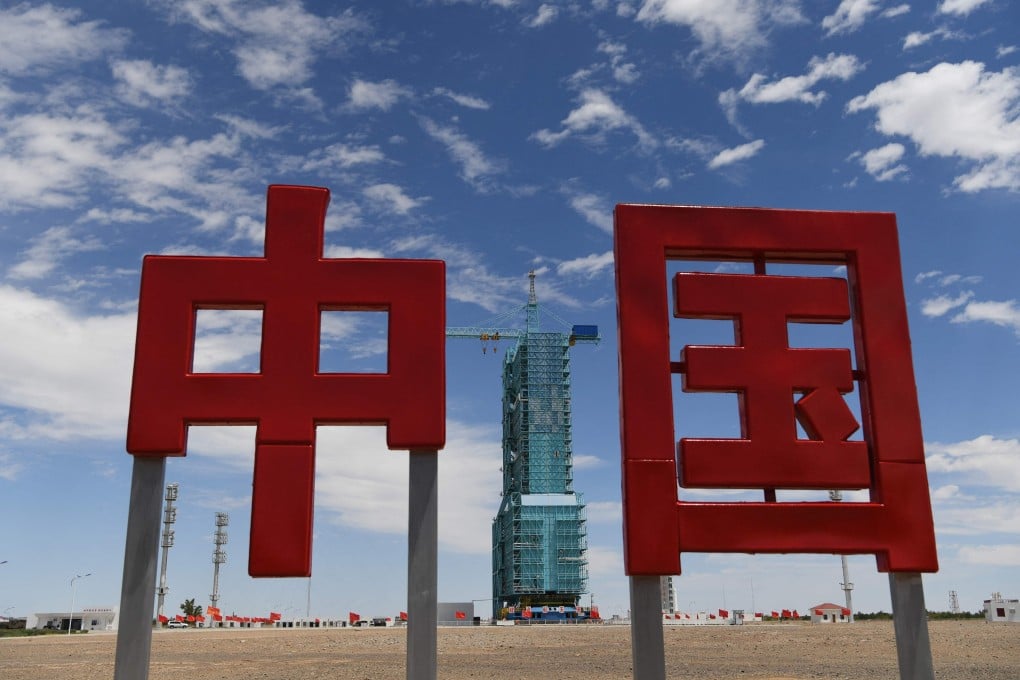China eyes ‘ultra-large spacecraft’ spanning miles in US$2.3m crewed mission push
- Science and technology ministry’s funding arm proposes five-year project on building ‘ultra-large spacecraft’ to aid exploration and stay in long-term orbit
- Researchers will be tasked with minimising the weight of the spacecraft to reduce the number of launches and construction costs

The National Natural Science Foundation of China has called on scientists to join a five-year project to study the mechanics of an “ultra-large spacecraft spanning kilometres”.
“[Such a spacecraft] is a major strategic aerospace equipment for the future use of space resources, exploration of the mysteries of the universe and staying in long-term orbit,” said an outline of the project published by the foundation – a basic research funding agency managed by the Ministry of Science and Technology.

05:06
How China’s space programme went from launching satellites to building its own space station
That was among 10 proposed research outlines released earlier this month by the foundation’s mathematical and physical sciences department, which will fund five projects capped at 15 million yuan (US$2.3 million) each.
According to the published outline, the modular spacecraft would have to be launched multiple times and assembled in space, because it would be too heavy and huge to be launched in one flight.
Researchers will be tasked with minimising the weight of the spacecraft to reduce the number of launches and construction costs. They should also ensure controllability of the structures to limit attitude drift, deformation and vibration during the assembly process, the outline said.